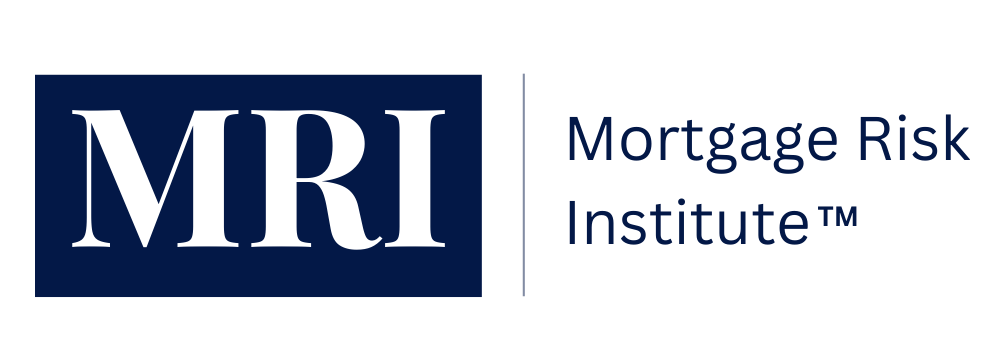
Moody’s economist Mark Zandi is feeling good about the direction of the U.S. economy. In a recent discussion with RMA’s Philadelphia chapter, Zandi handicapped the chances of a soft landing in 2024 at 80%, a marked shift from his perspective six months ago, when he described the likely economic road ahead as a “slowcession.” What’s changed in his analysis? Inflation is moderating, interest rates have likely peaked, and consumers continue to do just enough to propel growth without aggravating inflation, he explains. Plenty of risks remain that could derail his optimistic call, but he sees a more balanced slate of factors in 2024 that could support it.
Here are some highlights from Zandi’s talk:
Inflation is tempering toward Fed targets.
We learned that inflation was mainly supply driven. As the supply shocks have faded and the economic effects of the pandemic and the Russian war have gone into the rearview mirror, inflation has been able to moderate without the Fed crushing the economy and pushing us into recession. And it’s happened without any significant increase in unemployment.
To get back to the Fed’s target inflation rate, one more significant thing must happen—the growth in the cost of housing services, which is tied back to market rents, must moderate. Market rents have been flat to down in the past year, and will remain so in the coming year, so I feel confident that it will.
Inflation has fallen considerably since the peak back in the summer of 2022, and by the end of this year we should be back to the Federal Reserve’s inflation target, as measured by CPI, of 2.5%.
Wage growth is outpacing inflation.
Consumers drive the economic train, accounting for 70% of GDP. They’ve been doing their part, spending just enough to keep the economy moving forward, but not so much that the Fed believes that inflationary pressures will continue.
From 2020 to 2023, inflation was higher than wage growth. That did a lot of damage, and it’s the reason consumers still don’t quite believe the economy is as good as it is. Real purchasing power was eroded going back to 2022. The good news is that inflation is now below wage growth and people’s real income. Real purchasing power is now starting to improve. With each passing month consumers are starting to feel better about things.
The inverted yield curve will revert, but slowly.
An inverted yield curve makes life more difficult for banks in the context of net interest margins. So far, they’ve done a really good job of maintaining their margins despite the inverted curve. The longer the curve remains inverted (with rates higher in the short term than the long term), the more difficult it becomes to manage the downward pressure on bank earnings.
It’s going to take some time for the curve to slope upwards. The first rate cut will be in May, and then I think we’ll get four more in 2024 and another four rate cuts in 2025. An early cut or two in 2026 would bring the fed funds rate from its current 5.5% to about 3%, the rate that is consistent with monetary policy neither supporting nor restraining the economy. That means the fed funds rate (currently hovering around 4.3%) will remain above the 10-year yield well into 2025 (and the yield curve will remain inverted).
CRE will be challenging, but not disruptive.
There will be defaults. But it will be manageable and certainly not enough to undermine the banking system, as the big banks have very little exposure to CRE and have stress-tested to assume a 40% peak-to-trough decline in all CRE prices. These kinds of price declines just aren’t going to happen. The other thing to consider is that regulators are allowing banks to show forbearance to property owners, so we can avoid a self-reinforcing negative cycle where properties are getting dumped on the market at distressed prices. To be sure, there will be small bank failures—those banks who made the mistake of being overly exposed to commercial real estate—but these institutions will be far from systemically important.
Depositors are on edge and hard to read.
We don’t completely understand what’s going on in depositors’ minds. SVB was a pretty large bank, but it was shocking how it undermined depositor confidence and caused a significant run that forced the Fed to establish a credit facility to help banks with their underwater security portfolios. The FDIC also had to step up and guarantee all depositors whether they were above or below the deposit insurance limit.
Depositors are obviously on edge. A big CRE default or other bank failures might affect depositor behavior more broadly. It’s something to watch.


